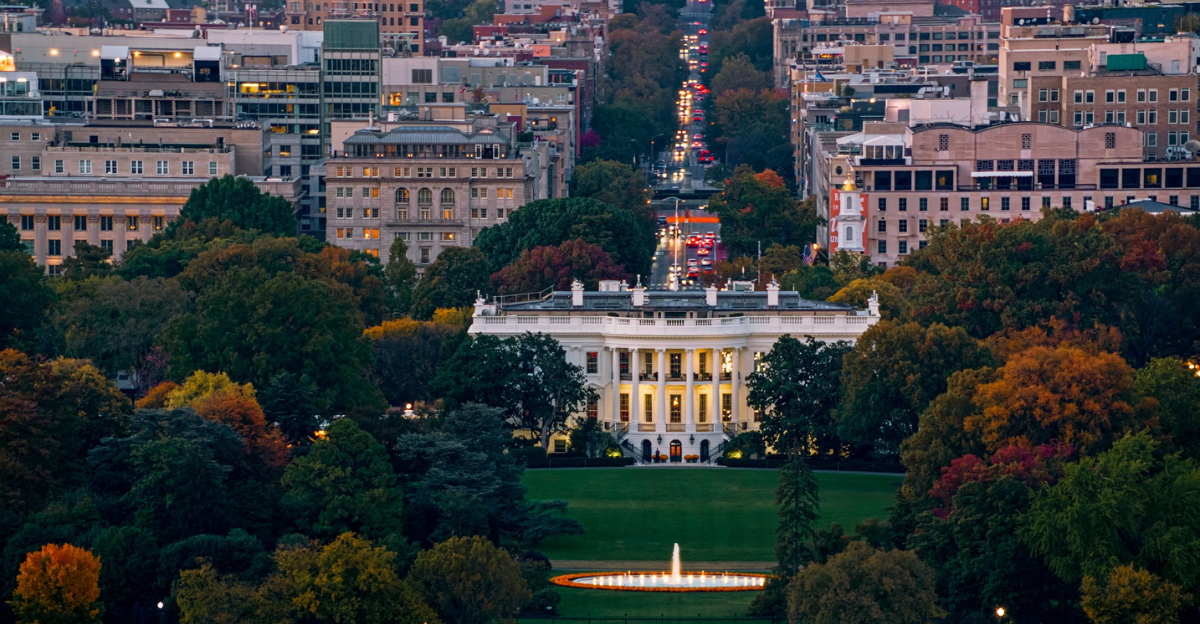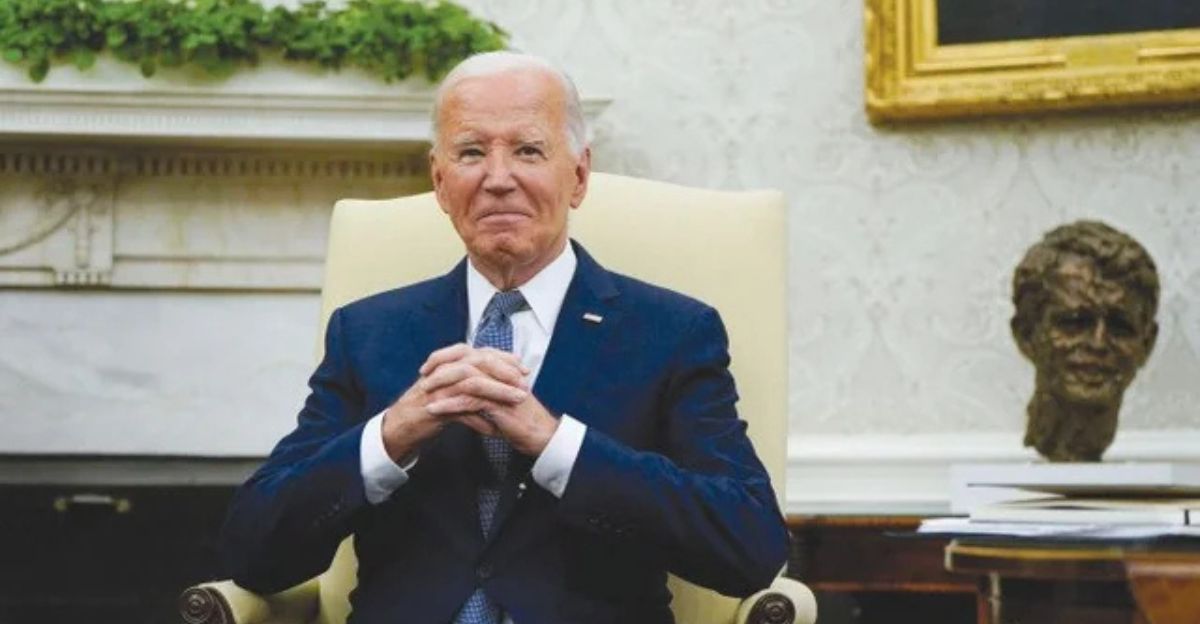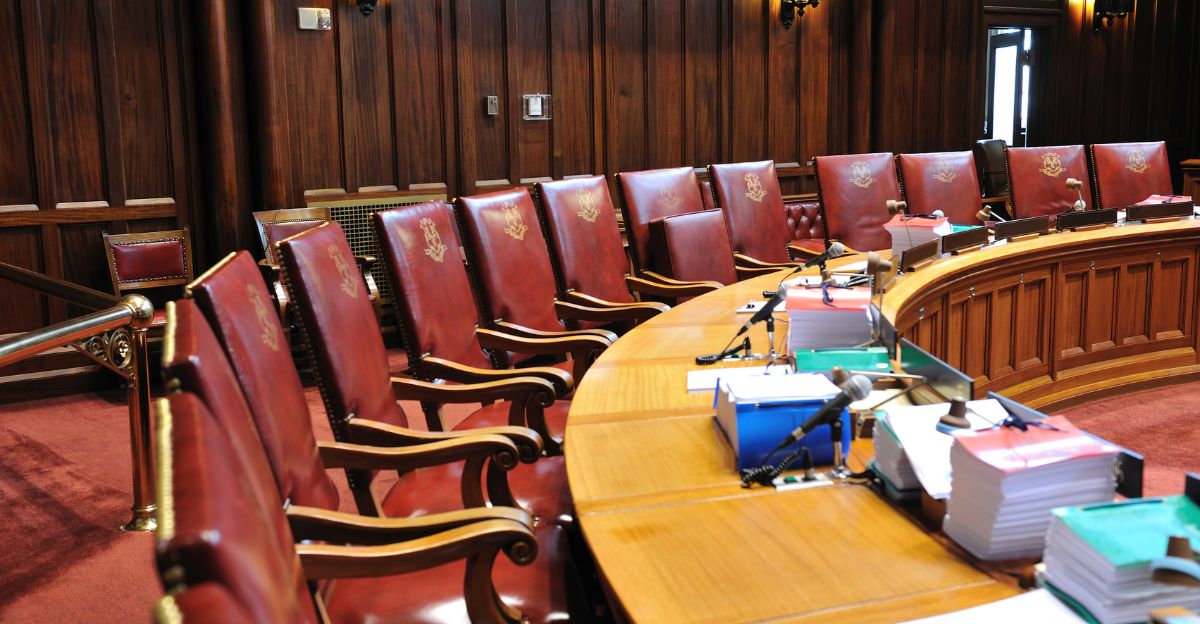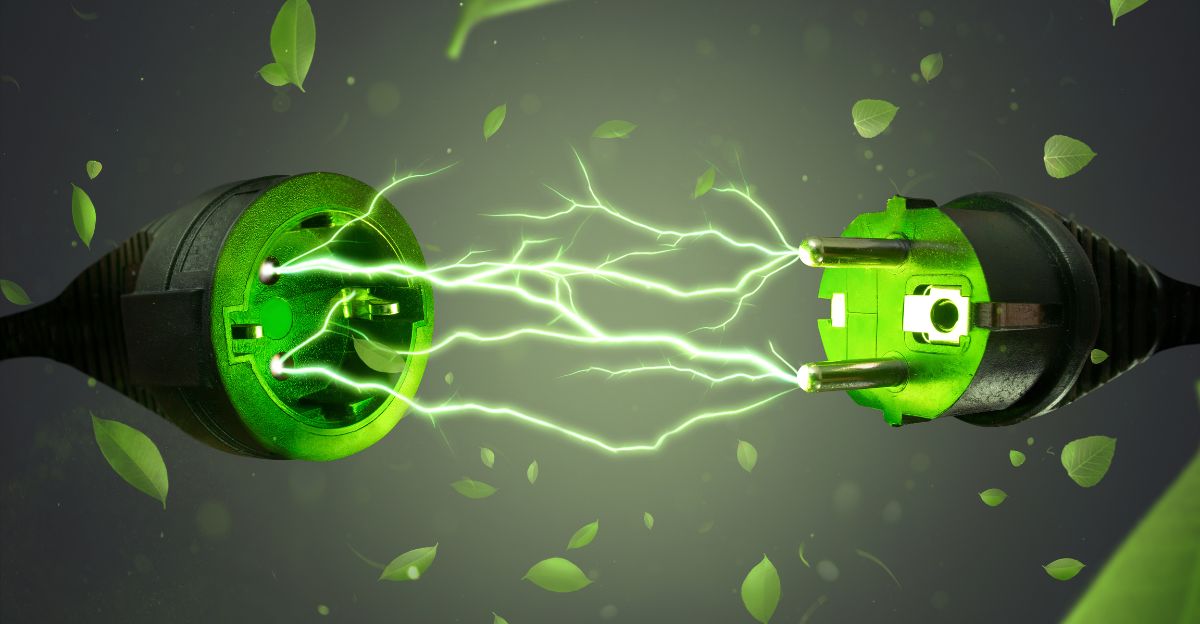
Clean energy has seen its fair share of cuts this year, but this new directive from the White House is just another drop in the bucket. The White House has announced canceling $3.7 billion in federal grants previously earmarked for clean energy initiatives. The decision, made public by Energy Secretary Chris Wright, targets 24 projects that were approved mainly during the final months of President Joe Biden’s administration and included major investments in carbon capture, cleaner cement, and decarbonization technologies.
How will these cuts impact projects to reduce greenhouse gas emissions and accelerate industrial decarbonization, and will they survive?
The Biden-Era Grants

Since the Trump administration took office, many Biden-era grants have been canceled, and the institutions involved suffer the most. Through landmark legislation, the Biden-Harris administration directed billions toward projects to slash greenhouse gas emissions, modernize federal buildings, expand access to clean electricity, and support community-based energy initiatives.
The administration’s strategy was underpinned by executive orders targeting net-zero emissions for federal operations by 2050, with interim goals such as a 65% reduction in emissions by 2030 and 100% carbon pollution-free electricity by 2030.
Rationale Behind the Cuts

The rationale behind the White House’s decision to cut $3.7 billion in clean energy initiatives centers on a comprehensive review of project viability, fiscal responsibility, and alignment with the administration’s energy priorities. This move is part of a larger effort to reevaluate and potentially reduce federal support for climate and clean energy programs.
“While the previous administration failed to conduct a thorough financial review before signing away billions of taxpayer dollars, the Trump administration is doing our due diligence to ensure we are utilizing taxpayer dollars to strengthen our national security, bolster affordable, reliable energy sources, and advance projects that generate the highest possible return on investment,” said Energy Secretary Chris Wright.
Industry and Environmental Response

Industry leaders and environmentalists have not taken the news of these funding cuts well. Industry analysts report that, so far in 2025, more than $14 billion in clean energy investments have been canceled or delayed, reflecting widespread uncertainty and pessimism about continued federal support under the current administration’s climate policy retreat. They believe these cuts are a step back and will only cost people in the long run.
“These projects are not just reducing pollution, they are keeping the U.S. on the cutting edge of manufacturing technology,” said Mike Williams, senior fellow at the Center for American Progress. “Canceling these important projects will raise energy prices for consumers and sacrifice thousands of high-quality union jobs, all because the president wants to curry favor with Big Oil.”
Major Projects Affected

This decision has affected 24 projects in total, but these are some of the most high-profile projects that have been cut and will have a major impact on the public. The $500 million for Heidelberg Materials to develop carbon capture technology for cement production, nearly $332 million for ExxonMobil’s Baytown Olefins Plant Carbon Reduction Project in Texas, and $375 million for Eastman Chemical Company’s clean energy initiative in Longview, Texas.
The list of targeted projects is endless, and the consequences can be much worse than anyone wants them to be. “Killing these projects means more emissions, more pollution, and more people getting sick,” said Evan Gillespie, partner at decarbonization organization Industrious Labs.
The Political Fallout

Democratic lawmakers and clean energy advocates have sharply criticized the move, arguing that it undermines years of progress, threatens tens of thousands of jobs, and cedes U.S. leadership in the global clean energy race. Representative Marcy Kaptur, the top Democrat on the House Appropriations Committee’s energy panel, says these decisions are shortsighted and malicious and will only cause energy costs to rise.
On the other side, Republican leaders and industry groups aligned with traditional energy interests have praised the decision as a necessary correction to what they describe as wasteful “green boondoggles” and reckless climate spending authorized under the Biden administration.
The Bigger Picture

These cancellations form part of the bigger picture in a budgetary shift in Washington, as the current administration and its allies in Congress pursue sweeping cuts to federal spending on climate and clean energy. The Trump administration aims to reduce nondefense discretionary spending by over $160 billion, which will only mean more cuts in the sector.
Global Competitiveness Concerns

The abrupt withdrawal of $3.7 billion in clean energy funding has sparked serious concerns about the United States’ ability to maintain its global competitiveness in the rapidly evolving clean technology sector. The U.S. had been a frontrunner in developing and deploying critical technologies like carbon capture. Still, the cancellation of these projects now threatens to leave American firms behind as other nations mature their policy frameworks and expand their market share to have the upper hand in funding and innovation opportunities.
“Today’s action is bad for U.S. competitiveness in the global market and also directly contradictory to the administration’s stated goals of supporting energy production and environmental innovation,” said Conrad Schneider, a senior director at the Clean Air Task Force.
Timing and Review Process

The Trump administration is dedicated to assessing all government grants to get the best value for taxpayers, which is what led to these major grant cuts. Nearly 70% of the 24 rescinded awards were finalized between Election Day 2024 and President Trump’s inauguration on January 20, 2025, a period that the Department of Energy (DOE) described as lacking thorough financial scrutiny.
In March 2025, the DOE began reviewing projects that had spent less than 45% of their allocated funds, focusing initially on large-scale commercial ventures such as hydrogen hubs and carbon capture projects. The DOE clarified that failure to provide adequate information or demonstrate economic viability could result in grant termination. Only projects with a strong return for taxpayers would be allowed to continue with funding and support from the government.
Uncertain Future for Clean Energy

Since the beginning of the year, the clean energy sector has experienced many setbacks, and the future of similar projects is uncertain. In the first half of 2025 alone, over $14 billion in clean energy investments have been cancelled or delayed, with industry analysts attributing this trend to a combination of policy uncertainty, high inflation, and global supply chain disruptions.
While new projects are being announced, the industry has been slowing down significantly, and experts warn that continued political and financial instability could drive companies to shift investments and jobs overseas.
Explore more of our trending stories and hit Follow to keep them coming to your feed!

Don’t miss out on more stories like this! Hit the Follow button at the top of this article to stay updated with the latest news. Share your thoughts in the comments—we’d love to hear from you!







